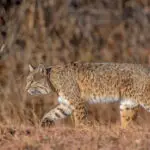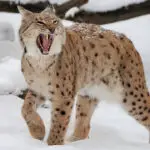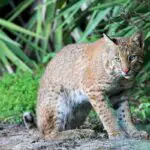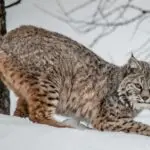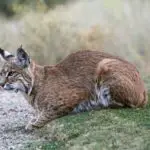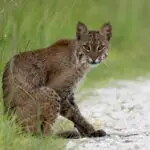Ah, bobcat hunting. The sport of kings! If you’re looking for the ultimate hunting experience, it’s time to set your sights on Wisconsin bobcat hunting.
In this guide, we’ll cover all the ins and outs of bobcat hunting in Wisconsin, from choosing the right firearm to setting up bait and field dressing bobcats. By the end, you’ll be ready to go out and bag your first bobcat!
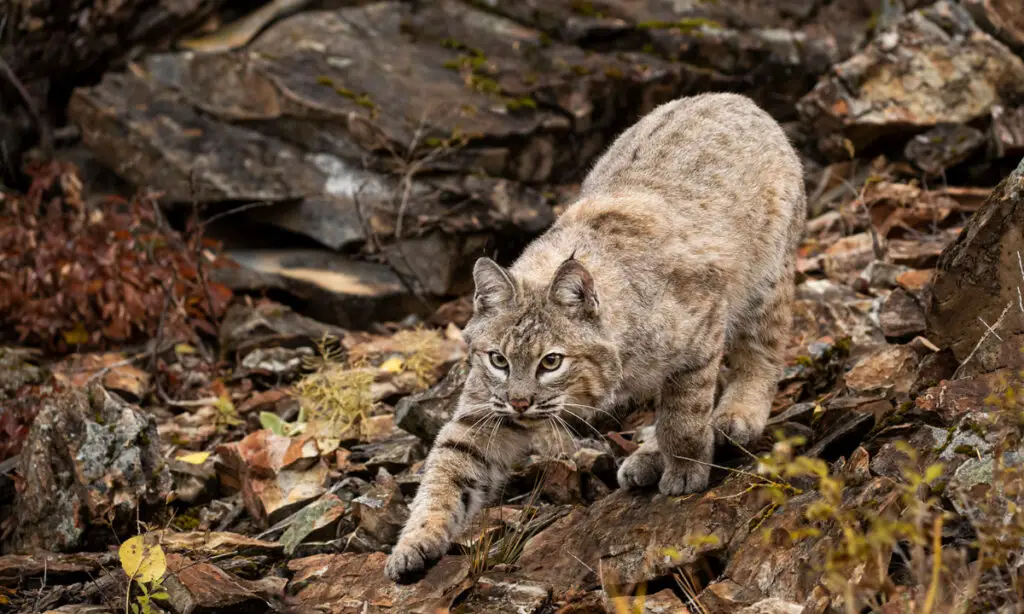
How to Choose the Right Firearm for Bobcat Hunting
Choosing the right firearm for bobcat hunting is a multi-faceted decision. There are a variety of different factors you’ll need to consider, including power, accuracy, and recoil. We’ll go into more detail in the following sections.
Generally speaking, a shotgun is the best option for bobcat hunting. It’s powerful enough to bring down a bobcat, and it also provides a wide variety of pellet sizes to choose from. A rifle is also a good choice, offering more accuracy and range. Ultimately, the choice is up to you.
Bobcat Hunting Season in Wisconsin: Bag Limits and Dates
The Wisconsin DNR oversees the harvest of these species through a special permit system that involves a “preference point” lottery. In order to get a kill permit for either of these animals, you must apply before the annual deadline and be a winner in the drawing.
You can apply by visiting a DNR Service Center, a license sales location, or the Online Licensing Center, and the fees are $3 for fisher permits and $6 for bobcat permits.
If you successfully draw a fisher tag or a bobcat trap, you’ll need to purchase a trapping license and complete the Wisconsin trapper education course, unless you’re actively farming.
Don’t forget that if you’re selected for a permit, you’ll lose all your preference points, so it’s important to apply regularly. The deadline for application choices for bobcat and fisher permits is posted online, so make sure to mark your calendars!
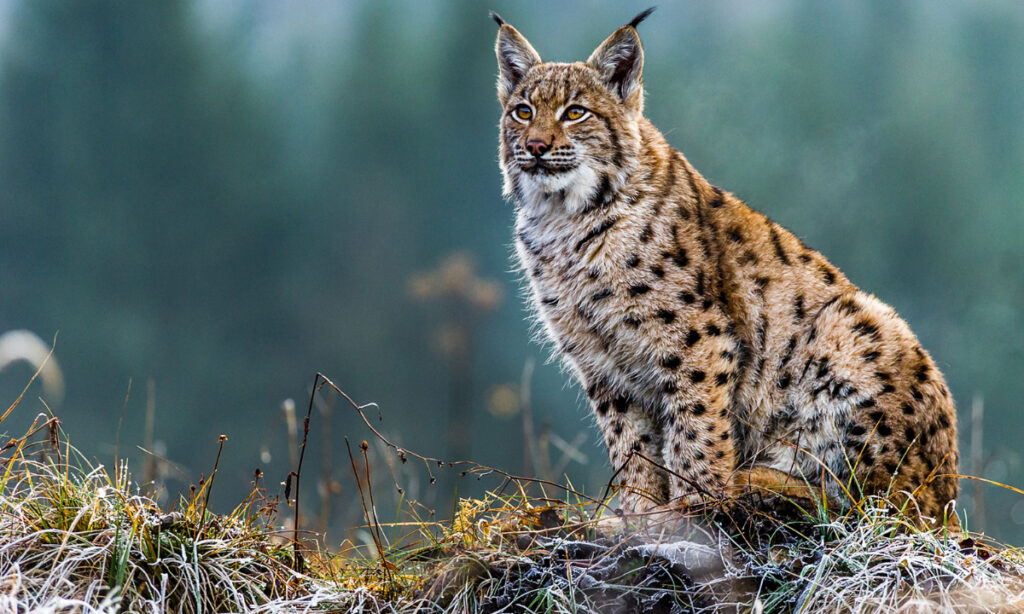
The Best Places to Hunt Bobcats in Wisconsin
Finding the best places to hunt bobcats in Wisconsin can be a challenge. Fortunately, the state is home to a number of good spots. Here are a few of the most popular choices:
• The Chequamegon-Nicolet National Forest. This 1.8 million-acre woodland is home to a healthy bobcat population, making it an ideal spot for hunting.
• The Wisconsin River Valley. Stretching from Lacrosse to Prairie du Chien, this area is known for its rich bobcat populations.
• The Penokee Range. Located in Northern Wisconsin, this area is great for bobcat hunting due to its abundance of prey.
How to Set Up Bait for Bobcat Trapping
Setting up bait for bobcat hunting isn’t as complicated as it seems. All you need is some bait, such as deer or turkey, and some common sense. Here’s what you need to know:
• Set the bait in an area with plenty of cover – Bobcats are naturally skittish and need a certain amount of concealment to feel safe when approaching the bait.
• Place the bait near the bobcat’s natural habitat – Look for places where you think the bobcats may be hiding or traveling. This will increase your odds of attracting them.
• Place the bait in a natural way – Put the bait in a spot where it looks like a natural food source. This will help convince the bobcats that it’s safe to approach.
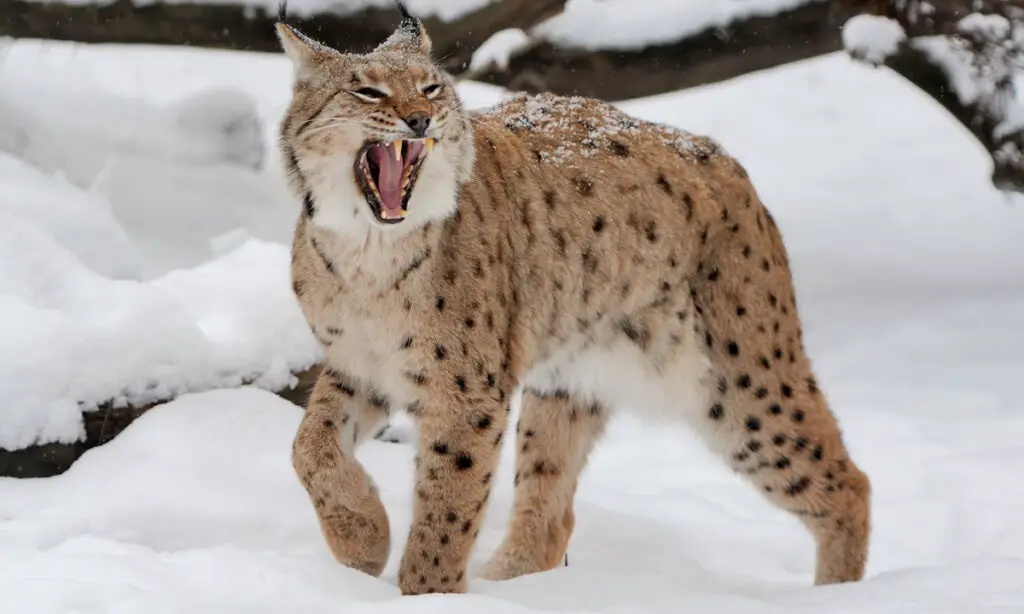
The Importance of Proper Bobcat Field Dressing
Once you’ve successfully bagged a bobcat, it’s time to field dress it. This is an important step in the hunting process and one that shouldn’t be taken lightly. Field dressing is the process of removing the internal organs from the animal’s carcass.
Field dressing has several benefits. It helps prevent spoilage and contamination, aids in the preservation of the meat, and reduces the risk of disease or infection. It also helps to repel scavengers and predators, decreasing the chances of the animal’s remains being disturbed.
Conclusion
Bobcat hunting can be a thrilling experience, and Wisconsin is home to some of the best spots. There’s a lot to consider when it comes to bobcat hunting in the state – from choosing the right firearm to setting up bait and field dressing the animal. By following the tips and advice in this guide, you’ll be well on your way to bagging your first bobcat!
Bobcat Hunting FAQs
What firearm should I use for bobcat hunting?
The best firearm for bobcat hunting is generally a shotgun, as it provides power and a wide range of pellet sizes. Rifles are also suitable, however, offering more accuracy and range, but its recommended to go with a lighter caliber.
Which is the best place for bobcat hunting in Wisconsin?
The Chequamegon-Nicolet National Forest is a popular spot for bobcat hunting due to its abundant bobcat population. Other good options include the Wisconsin River Valley and Penokee Range.
What do I need to do to set up bait for bobcat hunting?
To set up bait for bobcat hunting, you’ll need bait such as deer or turkey, and you should also make sure to set it up in an area with plenty of cover, close to the bobcat’s natural habitat, and in a natural way.
What is the importance of proper bobcat field dressing?
Proper bobcat field dressing is important as it helps to prevent spoilage and contamination, aids in the preservation of the meat, and reduces the risk of disease or infection. It also helps to repel scavengers and predators.
- Bengal Cat vs Wild Bengal Tiger: Complete Comparison 2025 - October 31, 2025
- Complete Wild Cat Spotting Guide for Hikers 2025 - October 31, 2025
- Lynx vs Bobcat: Complete Field Identification Guide 2025 - October 30, 2025


